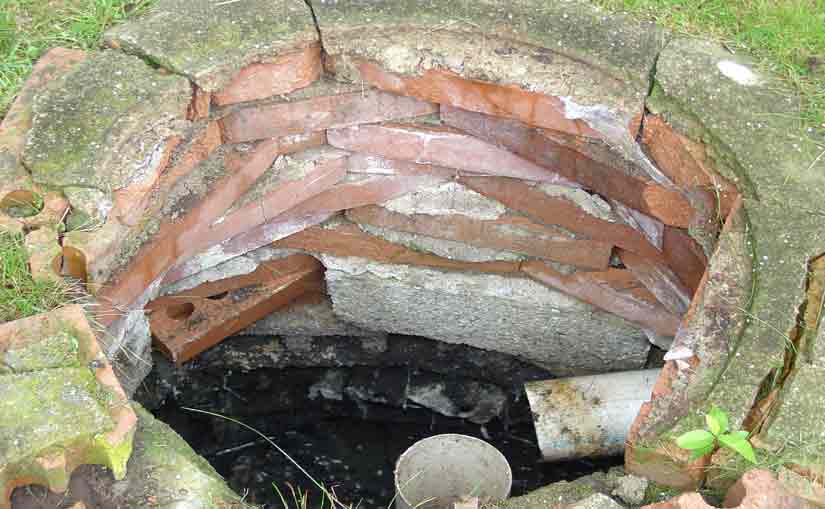How does one keep roots away from French drains? A French drain is an underground system of pipework which drains a basin to an area of lower elevation. Subterranean drainage is a wise decision in general. It allows you to save your home from water damage, keep your septic system functioning, and recycle water. This ancient technology utilizes gravity to allow pooling water to escape downwards and away. When you have a French drain, its optimal functionality is determined by the type of soil, slope, location, and the amount of water that your property receives from rainfall. If you’re going to use the French drain you can potentially save your home’s foundation from the accrual of water during flood conditions and the resulting damage. The French drain draws water that builds up along the sides of your house and diverts it to an area of the property that may even need watering. You can hire professionals to measure the slope for you before you build your French drain. You also need to familiarize yourself with your property so that you will know where to put the exit drain. Looking for the exit drain is easy. All you need to look for is an area of the property that sits below the problematic region and would allow water to proceed downhill.
An important thing to remember is that you should know how to keep roots away from French drains. As you know, plants need a consistent source of nutrients and water. Since French drains handle water all the time, it is easy for the surrounding plants to gain access to the water within the French drain piping. This results in damage and clogging. Ultimately, the roots will keep the French drain from performing adequately. To prevent the roots from entering or surrounding the pipe, you should plan ahead before breaking ground: the planned route of the underground pipework should be clear of trees, bushes and hedges. Rerouting the drainway or removing root-bearing plants may be necessary prior to excavation. For existing French drain systems (and other underground piping), products are available to treat for root intrusion but require regular indefinite applications to keep growing roots at bay. Whether you are planning to install one of these systems or combat issues with an existing apparatus, articles, diagrams, and videos are readily handy on-line to help with common obstacles as well as recommend a treatment solution for invasive roots and other maladies.
In addition to clogs from invasive roots, a blockage can also occur from debris flowing into the entrance of the pipe. This can obstruct or even halt current through it. Filters and screens are available to sein out large objects, which is a good measure to retard the accumulation of particulate. The opening through any pipe will begin to narrow as dissolved and suspended materials begin to line, then coat the interior pipe walls. this is especially true of French drains because the water they handle has not been cleaned thoroughly like drinking water has been. One technique that is growing increasingly more popular is to treat water-bearing systems with micro-organisms, mainly bacterial agents.
Homes with septic systems have additional uses for soak ways and French drains. On top of ferrying away floodwaters, they can also be used to divert grey water from laundry waste away from the septic tank, effectively by-passing it. This stops synthetic, non-biodegadeable fibers from entering and potentially clogging the system. Another septic related application for these devices is to relieve the leech lines during times of heavy rain. A septic leech bed can experience a condition known as back-flow, particularly when clogged. what occurs during back-flow is this: the way from the lateral lines downward is partially blocked and/or the lines themselves are temporarily below the water table or under a puddle. Usually this symptom will begin to manifest only during wet weather at first, then more frequently. In this way, compounding overflow can flow backward into the septic tank from the drain field. this can push fouled air back into the building. To prevent or address back-flow, a French drain may be incorporated into the ground near the weeping bed, providing an escape for trapped water.
Although a French drain is an incredibly simple technology, its modern uses can save countless thousands of dollars even, in a domestic application. Since these simple contrivances protect septic drain fields, foundations, and even interior spaces, it is invaluable to maintain them. I always recommend going into a project well-armed with knowledge and information. If there is something you genuinely don’t know how or whether to do, always ask a professional, and of course, happy digging!

